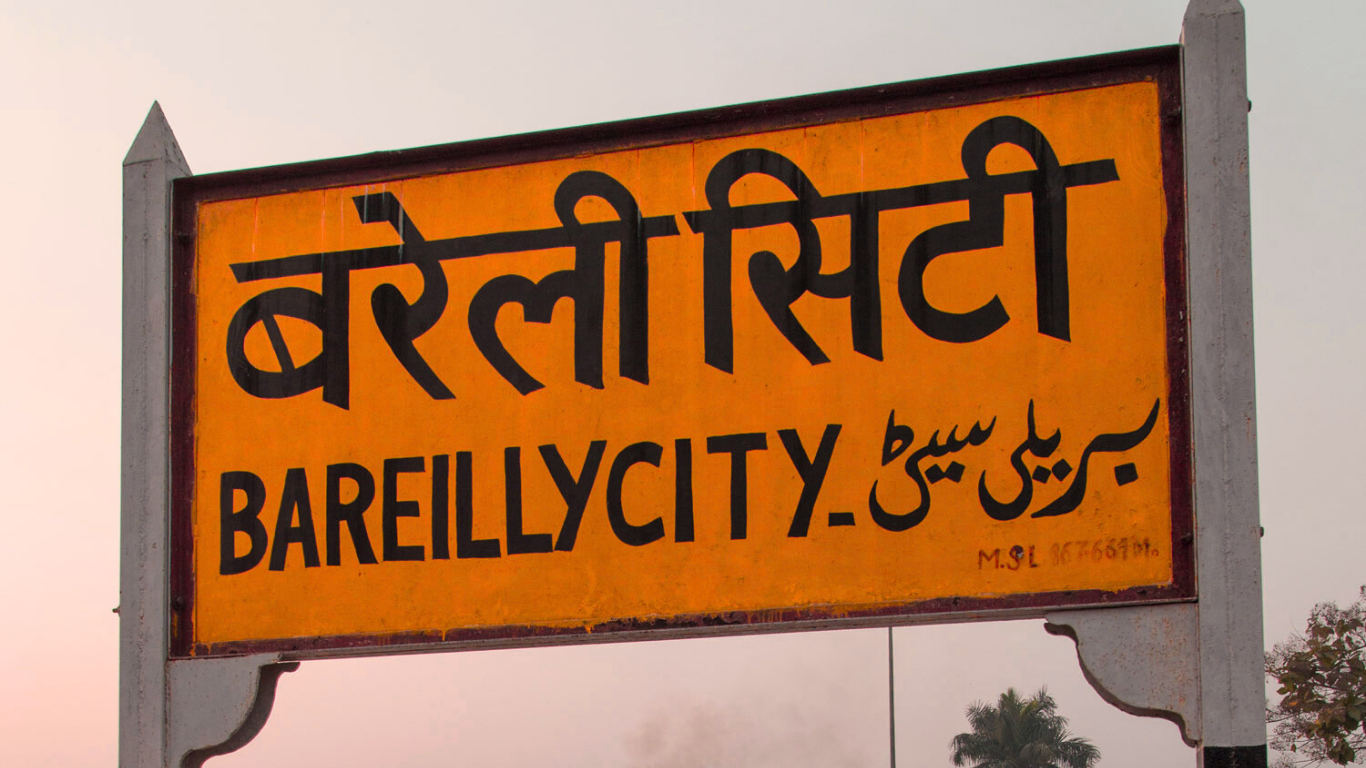
The train from Pilibhit to Bareilly is a short, sweet ride that captures the essence of Uttar Pradesh’s heartland. Covering about 56 kilometers, this route links the serene, flute-making town of Pilibhit with the lively city of Bareilly. It’s not just a way to travel—it’s a chance to see rolling fields, hear local stories, and feel the rhythm of rural life. With trains running daily and a journey time of roughly an hour, it’s perfect for locals and travelers alike. Whether you’re visiting Pilibhit’s tiger reserve or Bareilly’s bustling markets, this train ride is a charming start. Let’s explore what makes this journey special.
A Scenic Journey Through the Terai
The Pilibhit to Bareilly train cuts through the lush Terai region, offering views of sugarcane fields, small villages, and distant Shivalik hills. The 56-kilometer route, part of the North Eastern Railway zone, feels like a gentle escape from city chaos. Trains like the Pilibhit-Bareilly City Passenger wind through stations like Shahi, adding a touch of old-world charm. The single-track line, surrounded by greenery, makes every window seat a treat. Morning rides are especially beautiful, with mist over the fields and soft sunlight. The journey takes about 60 to 90 minutes, perfect for a quick trip or a day of exploring. Pack a snack and enjoy the countryside’s quiet beauty.
Trains and Timings for Easy Travel
Travelers have plenty of options on this route, with 10 to 12 trains running daily. Popular ones include the Tanakpur-Bareilly Express and the 05386 Pilibhit-Bareilly DEMU. Most depart Pilibhit Junction (PBE) between 5 AM and 9 PM, arriving at Bareilly Junction (BE) or Bareilly City (BC). Tickets are affordable—around ₹30 for general class and ₹100-150 for Sleeper or AC. You can book online via IRCTC or at the station, but check live schedules for delays, especially in winter fog. Morning trains are less crowded and more punctual. Pilibhit’s platforms are lively but manageable, and Bareilly’s station has auto-rickshaws ready to whisk you away. Plan ahead for a smooth ride.
Life Aboard the Train
Step onto a Pilibhit to Bareilly train, and you’re in for a lively experience. General compartments hum with chatter—farmers discussing crops, students sharing stories, or vendors selling hot chai and pakoras. It’s a slice of Uttar Pradesh life, with snippets of Pilibhit’s flute-making fame or Bareilly’s zari work floating around. Sleeper coaches offer a calmer vibe, but the general class is where the energy is. Open windows let in fresh air, and the train’s steady clatter is oddly soothing. Facilities are basic, so bring water and keep your ticket handy for checks. The short ride is packed with small moments—a vendor’s call, a glimpse of a village temple—that make it feel like a journey through time.
Linking Pilibhit’s Calm to Bareilly’s Buzz
Pilibhit and Bareilly are opposites that complement each other. Pilibhit, the “City of Flutes,” is peaceful, with its tiger reserve and bamboo crafts just a short ride from the station. Bareilly, a commercial hub, pulses with markets, temples, and its famous jhumka culture. The train makes it easy to explore both. From Pilibhit Junction, you can head to the Pilibhit Tiger Reserve or local flute markets. In Bareilly, visit the Dargah-e-Ala Hazrat or shop at Kutub Khana. Auto-rickshaws at both stations make getting around a breeze. This route lets you blend Pilibhit’s quiet charm with Bareilly’s vibrant energy in a single day.
Why Ride the Pilibhit to Bareilly Train
This train isn’t just about getting from one place to another—it’s about soaking in Uttar Pradesh’s heart. For locals, it’s a vital link for work, family, or trade. For travelers, it’s a budget-friendly way to see two unique cities, from Pilibhit’s wild reserves to Bareilly’s busy streets. The short ride offers scenic views and a taste of rural life without eating up your day. Whether you’re chasing a tiger safari or hunting for Bareilly’s sweets, the train makes it all accessible. Book early, snag a window seat, and let this journey show you the soul of the Terai—one station at a time.



